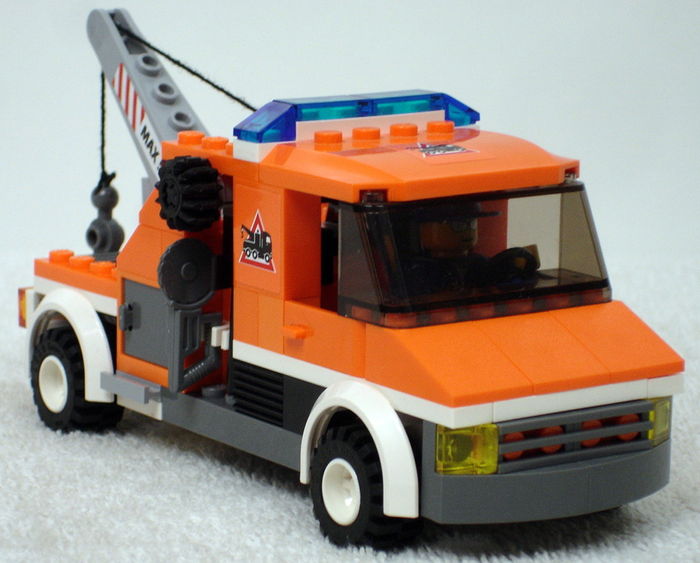Can blisters cause bleeding?
Friction blisters are generally filled with clear fluid. In the case of blood blisters, pressure broke blood vessels and mixed blood with the clear fluid. This combination fills the pocket. The blood in the blister may be red or even purplish or black in color.
How do you treat a burst open blister?
Burst blisters If a blister has burst, don’t peel off the dead skin on top of the blister. Allow the fluid inside to drain and wash it with mild soap and water. Cover the blister and the area around it with a dry, sterile dressing to protect it from infection until it heals.
How do you get rid of bleeding blisters?
How Do You Treat a Blood Blister?
- DO Elevate and Ice Your Blister.
- DON’T Lance Your Blood Blister.
- DO Bandage Your Blister.
- DON’T Peel Away Skin Over the Blister.
- DO Clean a Broken Blister.
Why do I get blisters so easily?
Blisters occur more readily if the conditions are warm, for example, inside a shoe. They also form more easily in damp conditions, compared with wet or dry environments. Blisters can lead to more serious medical issues such as ulceration and infection, although, under normal conditions, this is rare.
Should I cover an open blister?
If the blister comes open accidentally, don’t pull off the outer skin layer. Leave it alone to heal, and cover it with a blister plaster. As long as it is covered, the wound is protected from infection. A blister should not be opened because the blister roof protects against additional infection.
What to do about blood blisters on eyelids?
Treatment of Blood Blisters on Eyelids. Any case of blood blisters on the eyelids warrants the attention of your doctor who will determine the best course of action after making the right diagnosis. This is especially true of blood blisters that appear a after an instance of sunburn, scalds, an allergic reaction,…
What causes yellow blisters on the side of the eye?
Yellow or clear bubbles on eyelids known as xanthelasma. They occur when certain fats build up under the skin. These Eyelid Bumps or blisters are common in older adults and usually harmless. Most eyelid bumps appear as red color pimples and occur along the edge of the eyelid.
What are the symptoms of eyelid blisters and bumps?
Common Symptoms of Eyelid Bumps. Most eyelid bumps appear as red color pimples and occur along the edge of the eyelid. The major symptoms are: Redness. Watery eyes. Scratchy sensation. Sensitivity to light. Trouble in seeing.
Can you get a water blister on your eye?
A water blister comprises of blood serum minus clotting agent and blood cells. So yes, a water blister could occur on your conjunctiva, the white of eyes. When our body detects damage to the outer layer of the skin (mucous membrane lining the eye) it sends blood to that particular are too cool and heal the area.
What does a blood blister on your eyelids mean?
Blood Blister/Red Blister on Eyelids – What it Means. Blisters are tiny fluid-filled pockets that occur on the upper layers of skin as a result of damage to the skin. The clear fluid inside the blisters, called serum, cushions the underlying skin tissues against further damage and facilitate the healing process.
What should I do if I have a blister on my Eye?
Antiviral medications are instead used. The type of treatment used will also vary depending on the part of the eye affected. If only the eyelids are affected, a topical antiviral ointment may be prescribed but if the infection is affecting the inside of the eye, topical antiviral drops are usually preferred.
Is it normal to have a blood blister on your skin?
Seeing a blister filled with blood is nothing to panic about. Blood blisters are fairly common and are generally caused by injury without the skin breaking or by friction. The best treatment for a blood blister is to let it heal on its own over a few weeks.
What causes a blister to burst on the skin?
This is often due to friction or heat, although some skin conditions or other medical ailments can cause blisters too. The space between the skin layers fills with a fluid called serum, creating the water-balloon effect of a blister. Blisters heal best when they are not burst or drained,…










